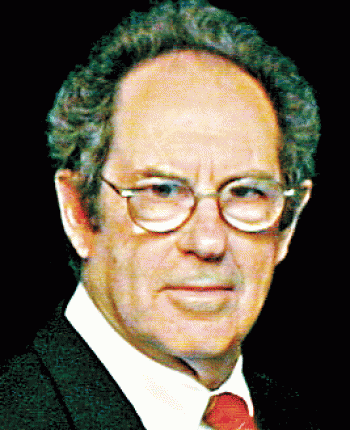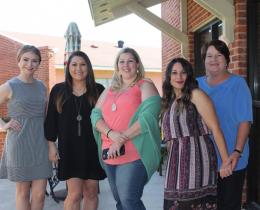
Les Vieux Temps
An earlier column on money brought many comments about how our Cajun elders made change at the store. As you recall the Spanish word escalin, as well as the English term “bit,” was used to represent twelve and one-half cents.
A question raised at the end of the column was the meaning and spelling of the $1 bill or coin pronounced “pe-yos.” Several readers called, including Mr. Lester Noel, suggesting that the term originated from the Spanish term pedazos for “pieces of eight” and was spelled piastre.
Mr. Randy Rodriquez said the term piastre was used in many of the documents he examined when he did genealogical research, for example: “a slave sold for 1200 piastres.” Yes, the term piastre, pronounced “pe-yos,” was the term our elders (and modern Cajun speakers) used to represent a dollar.
Piastre served as the major unit of currency of French Indochina (Vietnam, Cambodia, and Laos) and in the Ottoman Empire for several centuries. The term is still used in Quebec and other ex- French areas of the world as a reference to the dollar. Piastre was also the original French word for the United States dollar, used in the French text of the Louisiana Purchase.
The French word sous (pronounced “sou”), which means below or under (as in sous chef), is used for the penny coin. France never used sous as part of their currency, but is was used in Canada and many of the French colonies. To this day, “sou” is also used as slang for money, as in “sans un sou” which means “I’m broke” or “without money.”
Comments about Les Vieux Temps articles are always appreciated. Please call 337-754-9980 or e-mail yknott123@aol.com
- Log in to post comments

